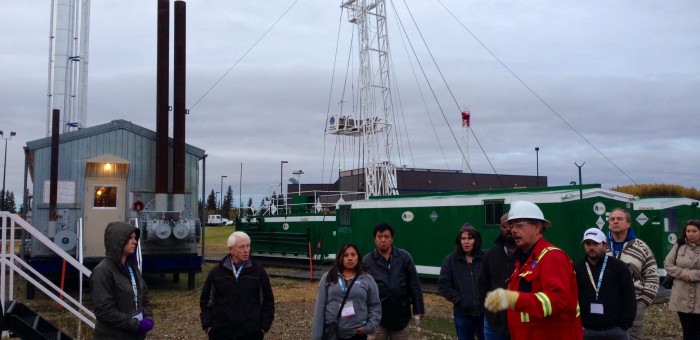LNG: Background
LNG: Background
For many years now, companies have extracted natural gas from deposits in Northeastern BC for use domestically and for export to the United States. Recently, due to innovation in horizontal fracking technology and growth in the U.S. natural gas sector (you need to be more clear that it is actually the combination of horizontal drilling AND fracking), North America has experienced a significant increase in natural gas supply, leading to a decline in gas prices in North American markets. Meanwhile, demand for natural gas has increased substantially in Asian markets–particularly in Japan, China and Korea–leading to a rise in gas prices in those markets.
The Liberal Government campaigned on a plan to further develop BC’s natural gas industry with a view towards breaking into these Asian markets. The hope is that if BC can sell natural gas to Asian countries, we can take advantage of the relatively higher prices to make a significant profit.
The challenge with selling natural gas to Asian markets is that it cannot be transported across the ocean in a gaseous state. It must first be liquefied by decreasing its temperature to -160 degrees Celsius, so that it can be shipped by tanker. This is where the term, liquefied natural gas–or LNG–comes from. Liquefying and transporting natural gas requires enormous capital investments to create the necessary infrastructure (E.g. liquefaction facilities on the coast, pipelines to transport gas from Northeastern BC to the coast, fuelling terminals at the harbours). It also requires enormous ongoing energy investments to liquefy the natural gas.
According to the Liberal government, as much as $1 trillion could be added to our provincial Gross Domestic Product (GDP) between now and the year 2046 if we act decisively and develop the industry. However, many serious questions and assumptions have yet to be addressed, leaving me deeply concerned that the Liberal government’s LNG plan is little more than a pipedream.
Comments are closed.




